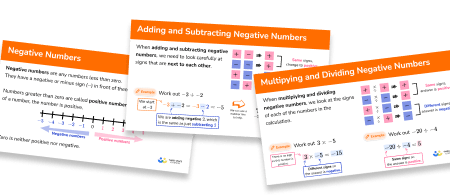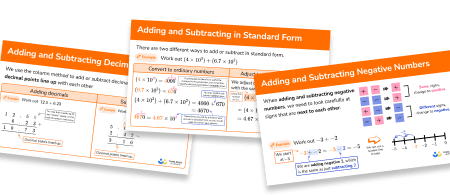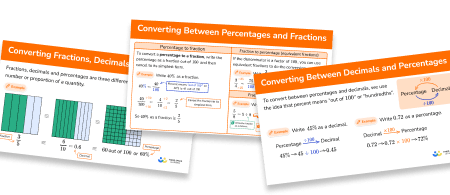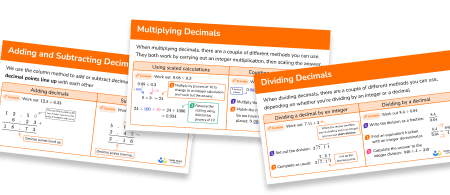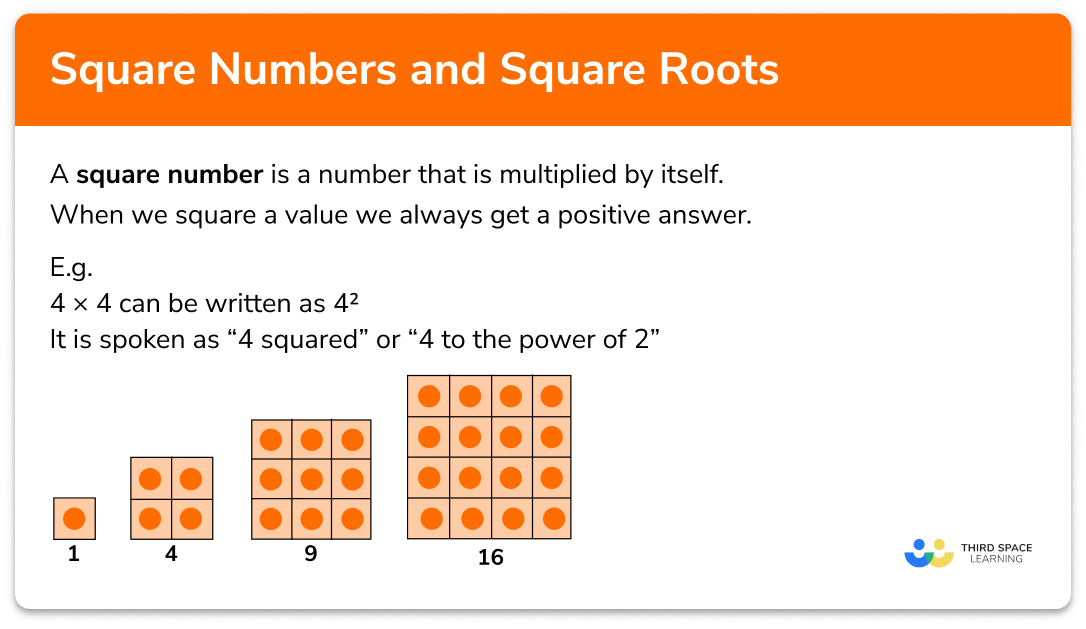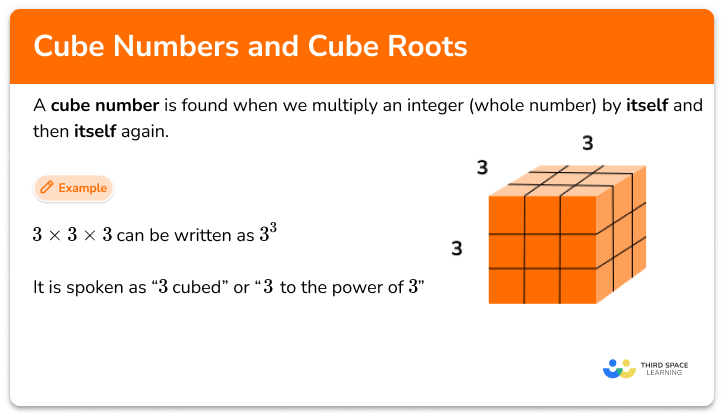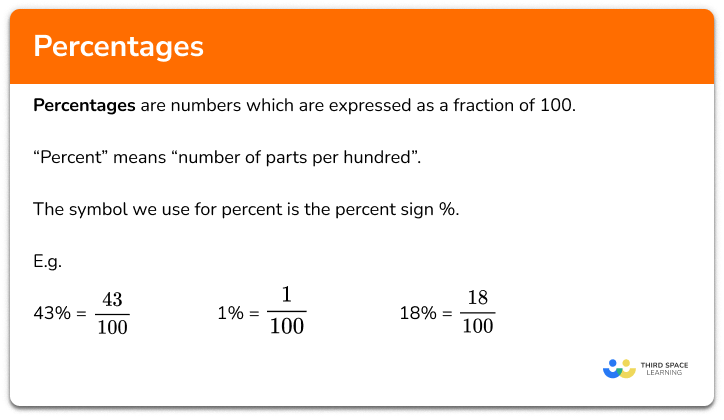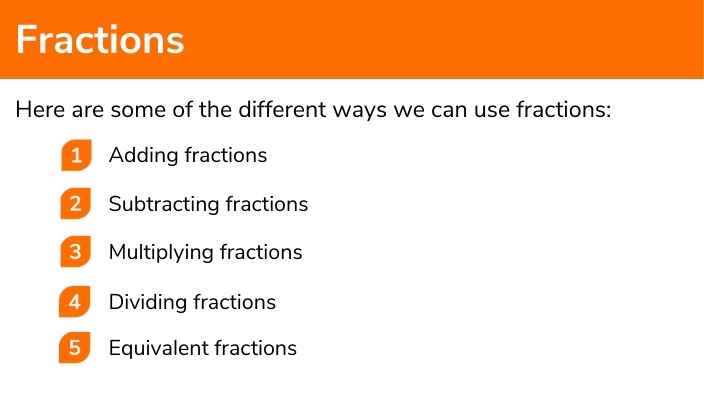FREE DOWNLOAD
Standard Form Worksheet

Help your students prepare for their Maths GCSE with this free comparing Standard Form worksheet of 44 questions and answers
- Section 1 of the Standard Form worksheet contains 12 skills-based Standard Form questions, in 3 groups to support differentiation
- Section 2 contains 4 applied Standard Form questions with a mix of worded problems and deeper problem solving questions
- Section 3 contains 4 foundation and higher level GCSE exam style Standard Form questions
- Answers and a mark scheme for all Standard Form questions
- Follows variation theory with plenty of opportunities for students to work independently at their own level
- All questions created by fully qualified expert secondary maths teachers
- Suitable for GCSE maths revision for AQA, OCR and Edexcel exam boards
Unlock access to download your free resource
You can unsubscribe at any time (each email we send will contain an easy way to unsubscribe). To find out more about how we use your data, see our privacy policy.
Standard form at a glance
Standard form, or standard index form, is a simple way of writing very large numbers or very small numbers. To write a number in standard form, we write the number as a decimal between 1 and 10, multiplied by a power of 10. We call numbers that are not written in standard form ordinary numbers.
When converting numbers to standard form, we write any significant figures as a decimal between 1 and 10. We then need to maintain the place value of the number by multiplying the decimal by a power of 10. For example let’s look at the number 43000. The significant figures here are 4 and 3 so the decimal is 4.3. To maintain the place value of the number, we need to multiply 4.3 by 10000 or 104. Therefore 43000 can be written as 4.3×104. For very small numbers, the power of 10 will be negative.
We can convert standard form numbers back to ordinary numbers by multiplying the decimal by the power of 10. We can multiply and divide numbers written in standard form directly but to add or subtract numbers written in standard form it is best to convert them back to ordinary numbers.
Looking forward, students can then progress to additional number worksheets, for example a fractions worksheet or a rounding worksheet.

For more teaching and learning support on Number our GCSE maths lessons provide step by step support for all GCSE maths concepts.
Do you have students who need additional support?

With Third Space Learning's secondary maths tutoring programmes, students in Year 7-11 receive regular one to one maths tutoring to address gaps, build confidence and boost progress.
"My confidence in the tutoring is high. We've had some phenomenal results. I even had one girl get a Grade 8 this year; she came to every tutoring session."
Stacey Atkins, Maths Director, Outwood Grange Academies Trust

